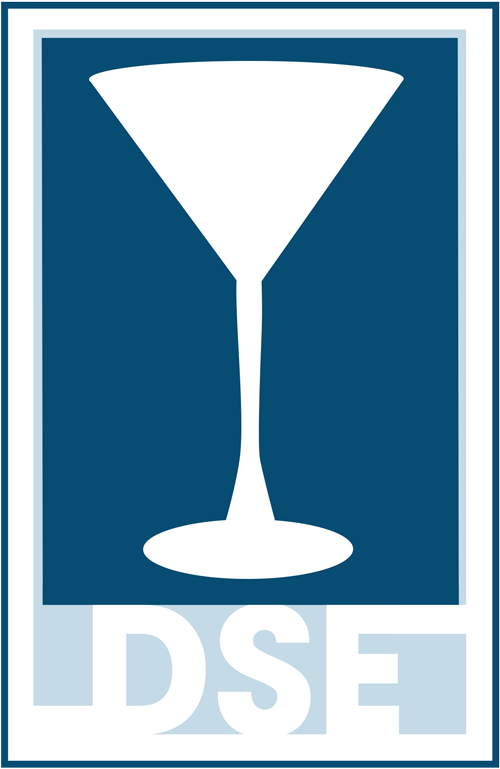How the Bar Industry Plans to Deal With Harassment in the Workplace—Including Unruly Guests
By Billy Lyons
August 17, 2019
Though bars are known for offering refuge to many, their reputation as a house of worship with better tasting holy water is not celebrated the same way as a religious institution. Bars and restaurants have been stigmatized as places where bad behavior is tolerated—both backstage as well as in public. While the #MeToo movement helped exposed several popular celebrity chefs and owners for their predatory personalities, the next phase of cleaning up an industry built on creating comfortable atmospheres will be to actively participate in sexual harassment identification and prevention.
And there’s plenty of work to do. A recent study from the nonprofit organization Stop Street Harassment revealed that 71% of women have faced harassment in a public setting, which encompasses restaurants and bars, in their lifetime.
Talking About It: Don’t Blame It on the Alcohol
At the Tales of the Cocktail conference in New Orleans last month, the seminar “What’s My Role? Responding to the Rising Need for Sexual Violence Prevention in Nightlife and Hospitality Spaces” examined how the hospitality industry can identify and prevent sexual harassment. Moderated by trauma therapist and community mobilization strategist Chauntel R. Gerdes, the panel discussed strategies and tactics that create a supportive environment for victims of harassment.
A key element of this conversation: acknowledging alcohol is not explicitly to blame for causing dangerous behavior. “This correlation between alcohol and violence has often been conflated to causation, thus we often associate industries that work with alcohol as having a moral gray area or ambiguity,” said Gerdes.
By building a supportive community that acknowledges the true underlying causes of human behavior, individuals like Gerdes as well as fellow panel members like Amy Northup of OutsmartNYC and Side Duties founder Christina Veira have been able to convey strategies that can help make hospitality businesses better for humankind. “We need to move away from the idea that to be hospitable means to never hold bad behavior accountable,” explains Northup. So, what is a bartender, server, or patron to do when trying to navigate potential situations in which harassment might be evident?
How Hospitality Is Curbing Harassment: Tricks of the Trade
One of the most popular nonconfrontational strategies to stop unruly customers is to cut them off. By taking away a customer’s ability to pay, it sends a message that no amount of buying power is worth dealing with offensive advances. Some bars even instruct guests who feel uncomfortable to order a specific drink, which cues that a guest isn’t feeling comfortable and needs someone to intervene.
For bartenders, being present means strategic eavesdropping on conversations and paying attention to guests’ verbal and nonverbal cues. “We got some really amazing feedback, people coming into the seminar thinking, ‘I don’t really experience sexual harassment at my bar’ and 10 minutes in going ‘Oh… I absolutely do,’” Northup says.
Some restaurants developed entirely new systems for recognizing and addressing harassment. At Homeroom in Oakland, owner Erin Wade worked with employees to create a management alert color system (MACS), in which servers are instructed to use three colors to categorize incidents. A creepy vibe or stare is flagged as yellow, while verbal comments of a sexual nature are marked as orange. The color red is used if there’s physical contact, lewd language, or continuous advances. Homeroom even developed its own antiharassment policy poster, which it sells to other businesses. House of Yes in Brooklyn employs individuals known as consenticorns to observe interactions between guests and serve as a resource for anyone who might need help while at the venue.
The movement isn’t just being implemented by businesses, as professionals are making personal choices to better educate those around them. Beverage director Amie Ward became a Safe Bars instructor so that she could become knowledgeable about appropriate bystander training, and then she ensured that her staff at R Bar in Baltimore was Safe Bars certified. Briana Volk, an owner of the Portland Hunt and Alpine Club in Portland, Maine, helped start a nonprofit in Maine that trains bars and restaurants on bystander intervention and sexual assault prevention. The fact that bystander education is happening on an individual and group level is encouraging and signals a long overdue shift in perspective is taking place.
Beyond the Bar: Where Do We Go From Here?
In New York City, legislation that would require hospitality venues to take action on harassment or risk being fined $500 per incident is currently being discussed. Under a proposed bill, venues would have to post specific signage informing patrons about harassment and train employees to identify patrons exhibiting harassing behavior. However, the idea that one policy is going to work for all different kinds of venues is wishful thinking.
“Every day we walk into work, we have that huge wild card: our guests. When we tone-set in our places, we also tone-set the public,” Veira says.
The acknowledgement by industry experts that there is no universal handbook that correctly addresses every situation is a reminder that a person’s intuition and training will ultimately determine the correct course of action. “Sexual violence prevention isn’t about shutting down hookup or bar culture,” Gerdes says. Normalizing classy behavior across an industry takes time, particularly when phrases like “the customer is always right” has shaped hospitality experiences for so long.
